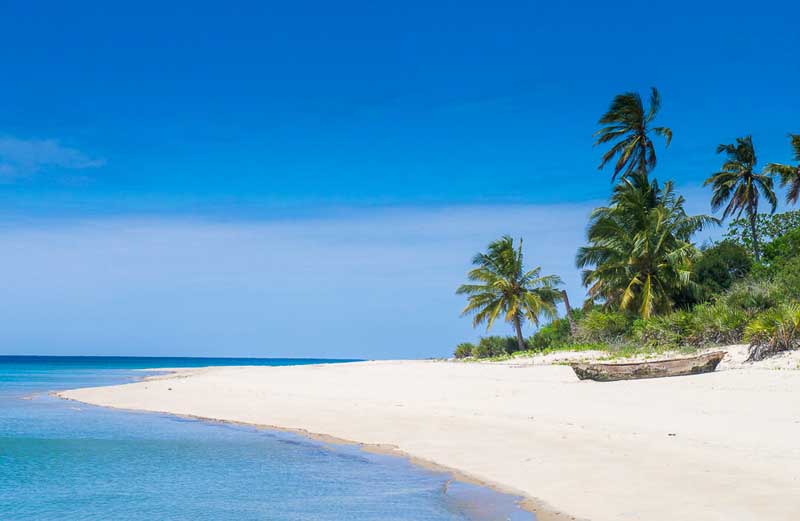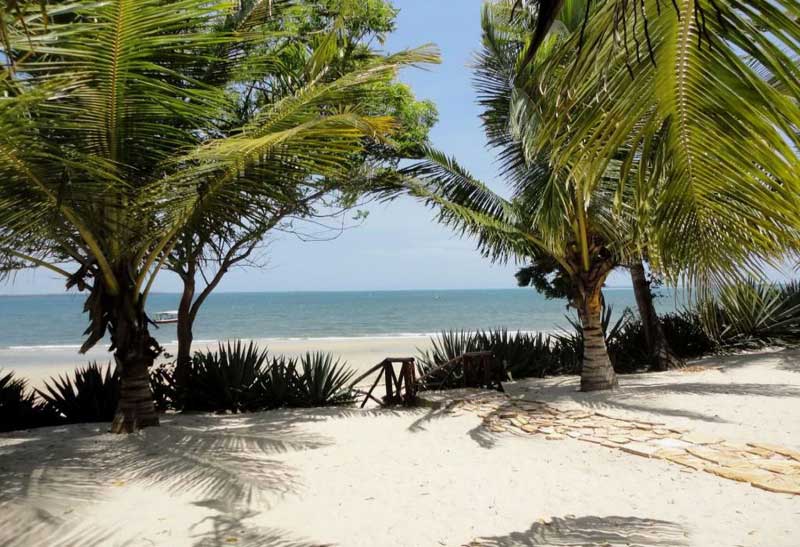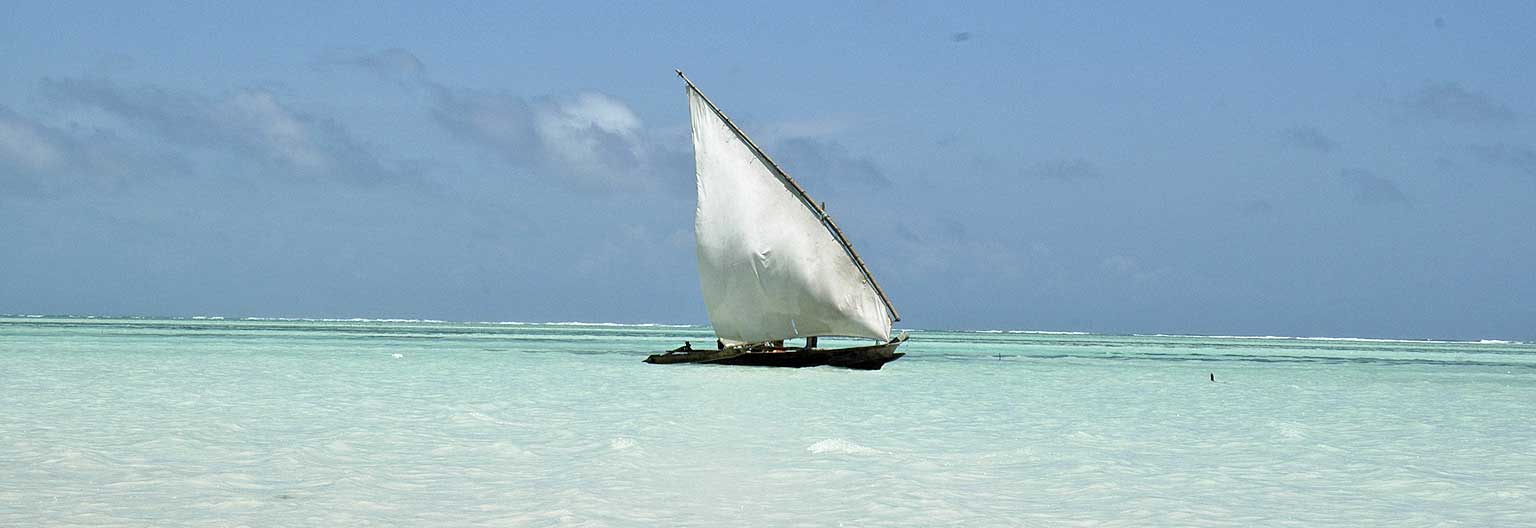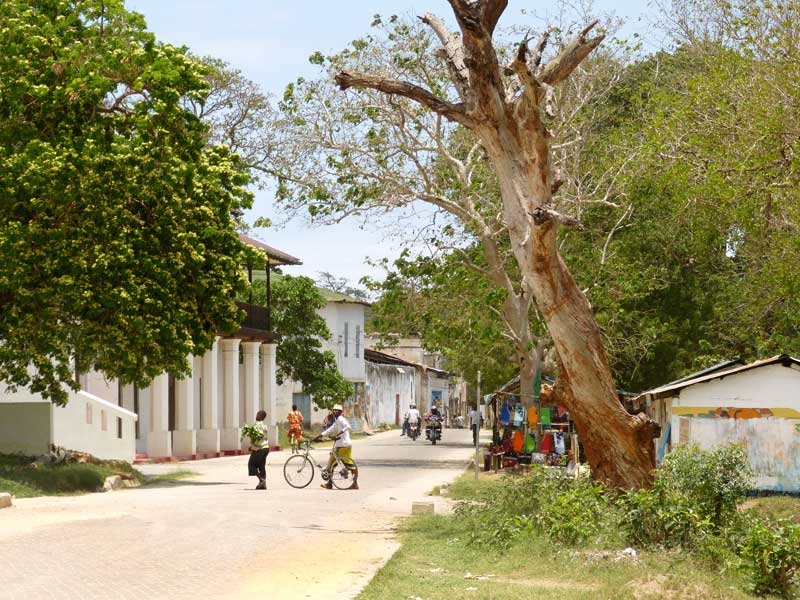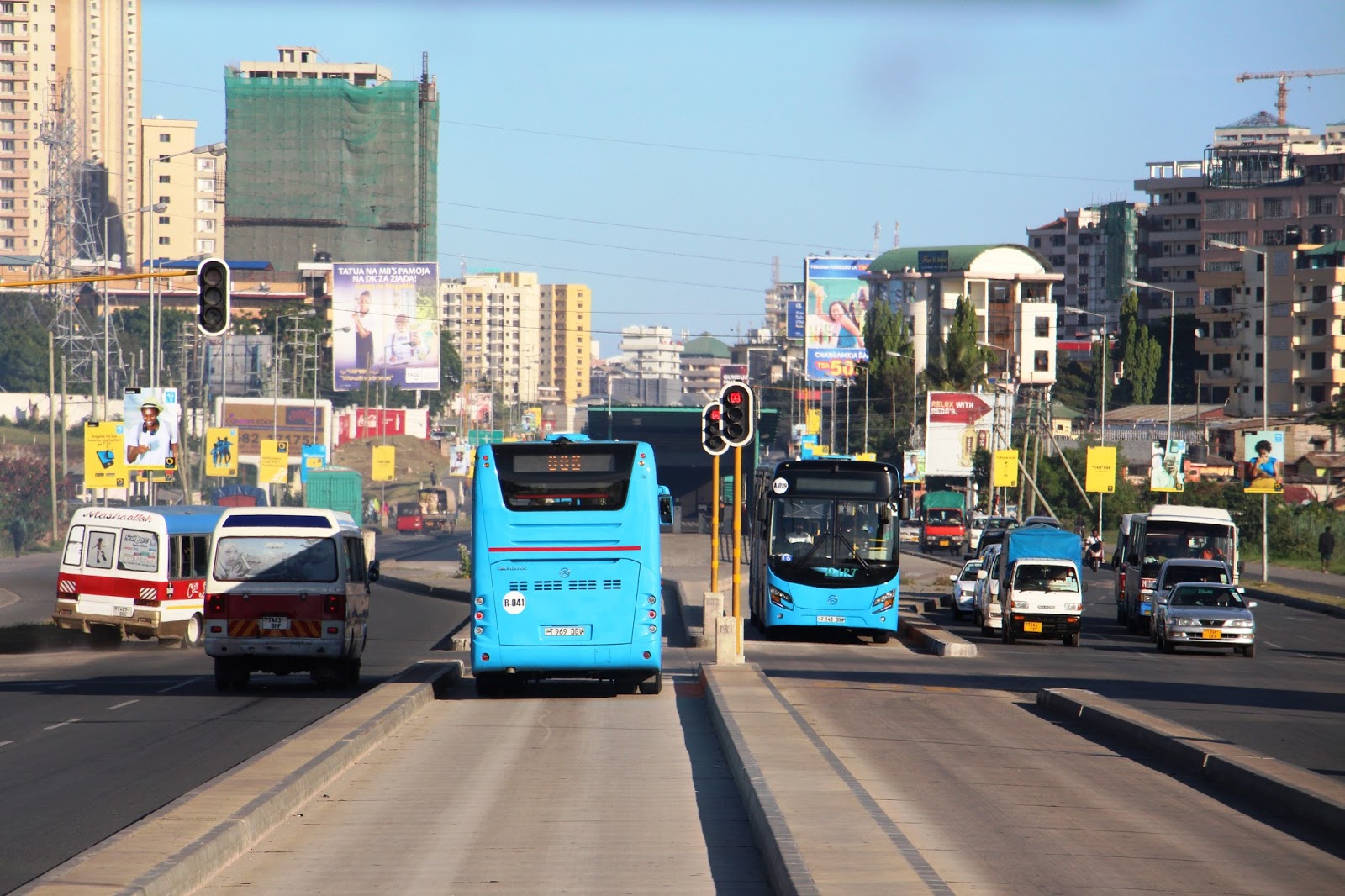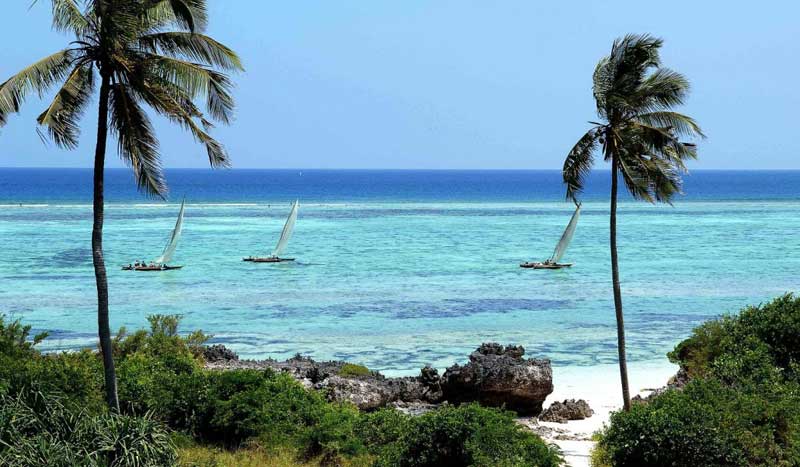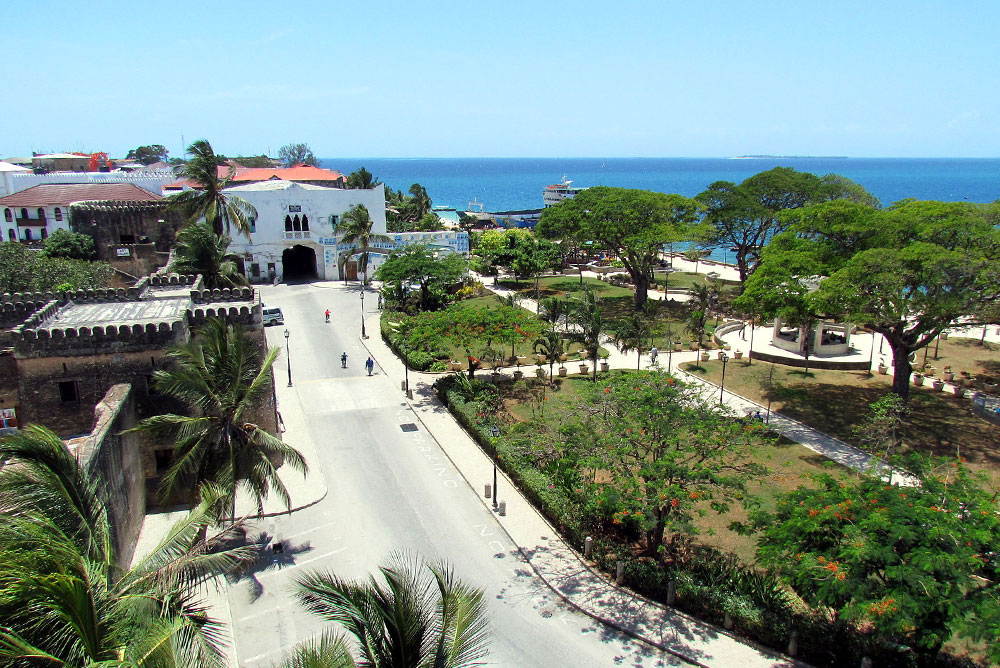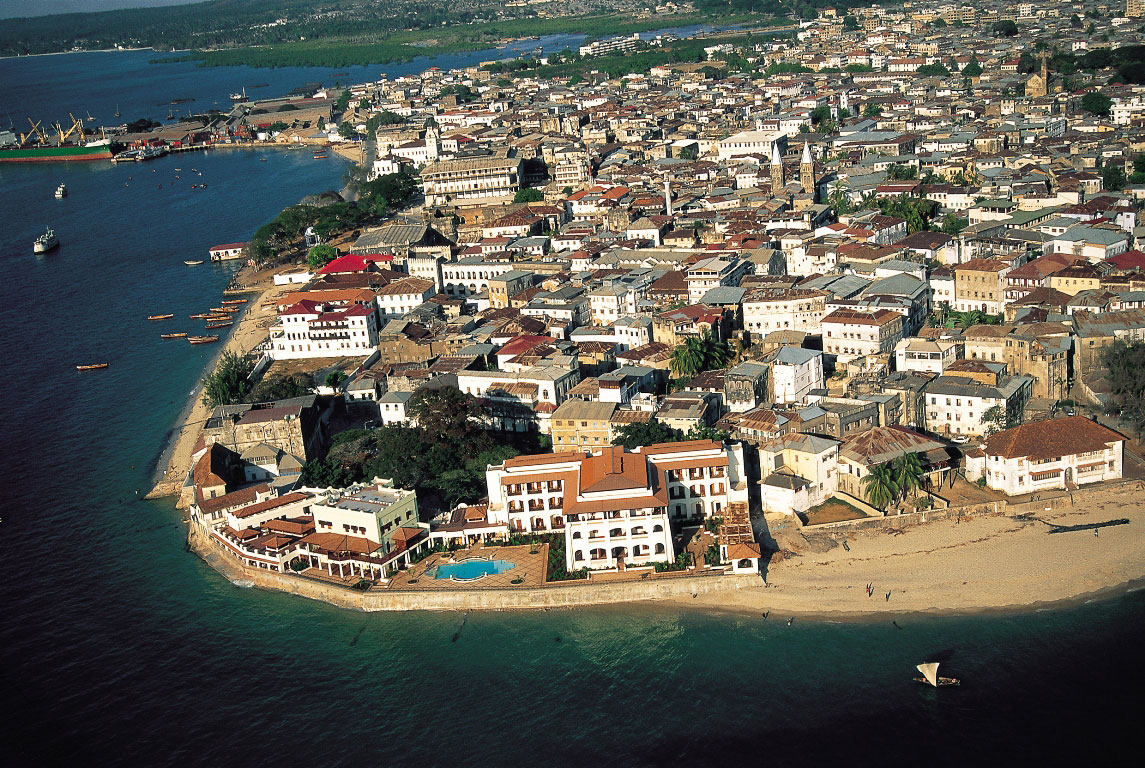Swahili Coast Tanzania
Saadani is Tanzania's newest National Park, finally gazetted at the end of the 1990's and as such is still very much a new frontier in the safari world. Located north of Bagamoyo on the Tanzanian coast, the much-touted "bush meets the beach" environment is of sufficient novelty as to be worth a visit should time allow. Granted, it is not a full version of either, and the promises of elephants frolicking on the beach are likely to remain denied to most visitors, but as a relaxing environment with the possibility of wildlife, it more than lives up to its promise.
Mtwara has increased in size rapidly over the last few years due to the oil and gas developments in the area. It is the most southerly Tanzanian town before the Ruvuma River marks the border with Mozambique Mtwara itself is a rarely visited southern part of the country. There excellent beaches and world class diving in Mnazi Bay Marine Park. There is also the historic old town of Mikandani to visit. Mtwara is home to the Makonde tribe who are famous as wood carvers.
The port town of Lindi, in south-eastern Tanzania, was the final stop for slave caravans from Lake Nyasa during the heyday of the Zanzibar sultans. Historical building remains and excellent beaches
Properties:
Lindi Oceanic Beach Resort
The Island of Kilwa Kisiwani and the nearby ruins of Songo Mnara are among the most important remnants of Swahili civilization on the East African coast. Its historic ruins at Kilwa Kiswani and Songo Mnara. These are by far the best preserved relics of the pre colonial era to be found in Tanzania.
Properties:
- Kimbilio Lodge
- Songo Songo Archipelago
- Fanjove Private Island
The bustling port of Tanga is Tanzania’s second port after the urban centre of Dar es Salaam. Old colonial architecture and a few Arab, the fish market and beaches. Other attractions are Amboni cave, the most extensive limestone caves in East Africa. The caves were formed about 150 million years ago during Jurassic age under water.
Bagamoyo is the place where slave caravans used to end before shipping and the name means 'lay down your heart' in Kiswahili. Ruvu River Delta, Kaole Ruins, palm fringed sand beach with international hotel resorts. Bagamoyo Museum, The church,German Grave Yard, College of Arts, The first stone building /Old Fort , German hanging place, The german cemetery, Mwanamakuka cemetery, The LlKU House, Plaque, The Wissmann Monument, The Arab Coffee House.
Properties:
- Travellers Lodge
- Bomani Beach Bungalow
- Lazy Lagoon
- New Bagamoyo Beach Resort
Dar es Salaam is Tanzania’s largest city and its economic capital. Located in a quiet bay off the Indian Ocean coast, the city has grown in economic importance to become a prosperous centre in the East African region. Dar es Salaam is a common point of arrival in Tanzania with flights to Dar International airport.
Mafia is salvaged by misunderstanding. Once the droll references to Sicily are finished and the misguided references to Hemingway are corrected, Mafia Island is then dismissed as the Zanzibar for those trying to be different.
Pemba is the second largest island of the Spice Archipelago, named Al-khudra, "the Green Island" by the Arabic mariners in reverence of the profusion of lush fertility they encountered after their journey south along the arid coastline.
Zanzibar Beach Idylls
Sun-bleached sands, jade waters and palm trees burnished gold by the tropical palettes of eternal sunshine make the Zanzibari coastline a Paradise regained.
Stone Town, a UNESCO World Heritage Site, grew out of Zanzibar's historical trades, a metropolis built to harbour secrets in its labyrinthine alleyways. Emblems of a rich and tumultuous history survive today, depicted through Arabian Nights palaces, mournful Slave Markets, aromatic spice bazaars, ornate cathedrals and an historic fort that was the scene of the worlds' shortest war survive today.
Introduction
The main island of the Zanzibar archipelago, also known as Unguja, has been at the prow of Indian Ocean trade for over a millennium. Vasco de Gama arrived here only to find a prospering society attaining sufficient status for the Omani sultans to relocate their court there, bringing traditions and languages that were to fuse the African and Arabic cultures into the unique civilization of modern Zanzibar.

